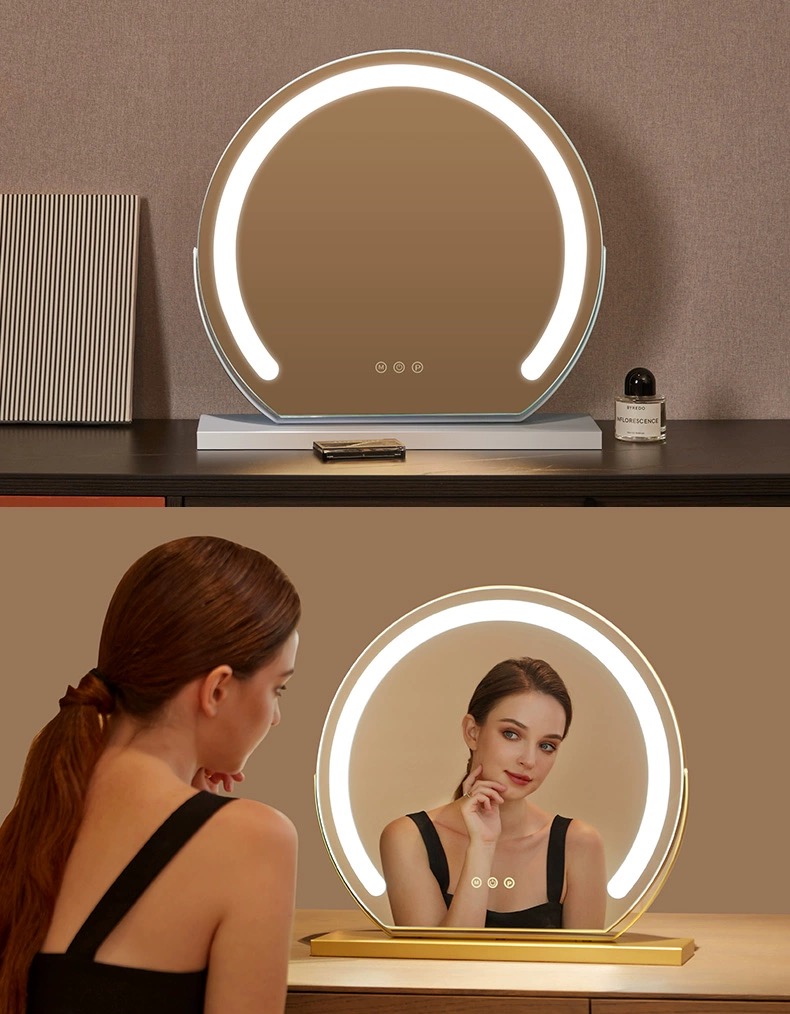

The Allure of Dark Grey Float Glass A Blend of Style and Functionality
In the world of modern architectural design, materials play an essential role in shaping both aesthetics and functionality. Among various options available, dark grey float glass has emerged as a favored choice for both residential and commercial buildings. This versatile material combines elegance with practicality, making it a staple in contemporary construction and interior design.
Float glass, a term that refers to the process of creating flat glass by floating molten glass on top of molten tin, is known for its clarity and smooth finish. When colored dark grey, it takes on additional attributes that contribute to its popularity. This color, sitting midway between black and lighter shades of grey, offers a sophisticated look that complements various architectural styles — from sleek, modern facades to more traditional designs.
One of the primary reasons architects and designers choose dark grey float glass is its aesthetic appeal. The deep, rich hue exudes a sense of luxury and can dramatically enhance the overall appearance of a building. It provides a contemporary touch without compromising warmth, making it suitable for both corporate offices and cozy homes. The neutrality of dark grey means it can easily blend with countless other materials, such as wood, stone, and metal, allowing it to fit seamlessly into any design scheme.
Beyond its beauty, dark grey float glass offers practical benefits as well. One such advantage is its capacity for heat management. The darker color helps in absorbing sunlight, which can be beneficial in colder climates where additional warmth is desirable. Moreover, with advancements in glazing technology, manufacturers now produce dark grey float glass that reflects a significant amount of solar energy, helping to reduce cooling costs in warmer regions. This dual capacity makes it an excellent choice for energy-efficient buildings.

Another important aspect of dark grey float glass is its capacity for privacy. When used in windows, the darker shade can obscure views from the outside without sacrificing natural light coming into the interior. This quality is particularly beneficial for buildings located in densely populated areas, allowing occupants to enjoy their space without feeling exposed. Furthermore, the sleek surface is easy to clean and maintain, making it a practical choice for those looking for low-maintenance solutions.
Safety is also a crucial consideration in construction, and dark grey float glass can be processed to enhance durability. Tempered or laminated options are available, which increase resistance to breakage, making it a suitable choice for high-traffic areas or buildings with increased vulnerability to impacts. This safety feature, combined with its aesthetic appeal, makes dark grey float glass a smart investment for both new constructions and renovations.
Incorporating dark grey float glass into design extends beyond traditional windows. Architects often use it for balustrades, glass facades, and even interior partitions. Its reflective qualities can create striking visual effects that add depth and intrigue to a space. The interplay of light and shadow, enhanced by the dark tone of the glass, contributes to a dynamic environment in both commercial and residential settings.
In conclusion, dark grey float glass is more than just a building material; it is a sophisticated element that brings beauty, functionality, and safety to modern architecture. Its versatility ensures that it remains a prominent choice for designers looking to create stunning spaces that cater to the needs of contemporary living. As trends continue to evolve, dark grey float glass will undoubtedly maintain its status as a favorite in the world of design, captivating with both its strength and elegance.